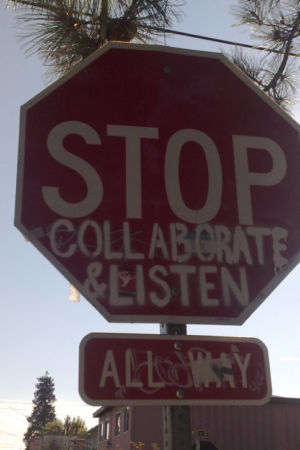On Wednesday 10th October members of our White Rose Collaboration Fund Project met for an update.
The White Rose Collaboration Fund is designed to support emerging collaborative activities across the three White Rose universities of Leeds, Sheffield and York. Our project focuses on using religious imagery in popular culture to explore and challenge everyday sexism, sexual harassment and abuse together with secondary school students.
In consultation with secondary schools from all three White Rose regions and Fearless Futures, a third-sector organization offering gender equality training for school-age girls, the network will conduct three pilot workshops with secondary school students (girls and boys) to investigate interactions with religious imagery in popular culture and the ways in which these representations shape understandings of gender, sex and sexualities.
Members of the White Rose universities involved in the project include Professor Vanita Sundaram (University of York), Professor Johanna Stiebert (University of Leeds), Dr Katie Edwards (University of Sheffield), Dr Meredith Warren (University of Sheffield), Dr Valerie Hobbs (University of Sheffield), Dr Jasjit Singh (Unversity of Leeds), Dr Caroline Starkey (University of Leeds), Sofia Rehman (University of Leeds), Dr Sarah Olive (University of York) an Emma Piercy (University of York).
As usual, the meeting buzzed with energy, ideas and enthusiasm. We’re very much looking forward to working with our partners Fearless Futures and the local schools. We’ll update again after our training!









